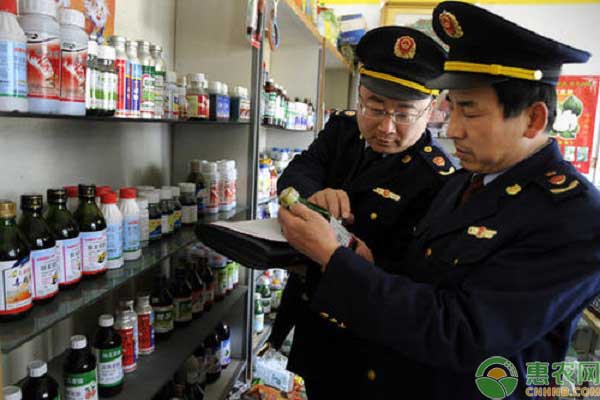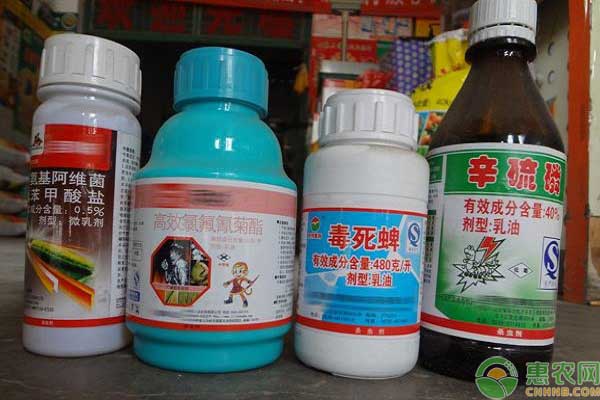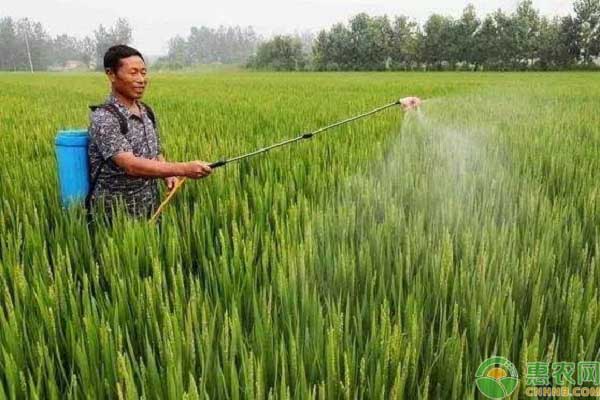Since entering the summer, the localities have begun to enter the hot and rainy seasons, and it is under the influence of this climatic condition that it is easy to breed various pest and disease diseases. At this time, all kinds of pesticides have become the first means of prevention and control of farmers' friends. Although these pesticides are superior in the control effect, they are easy to cause phytotoxicity if they are not used well. In the actual application process, it is often the case that the bad phenomenon is basically the result of unclear measurement and calculation, and some English marks on the medicine packaging are unclear. Most farmers are based on experience. It is obviously unscientific to spray pesticides. Let's take a look at the common pesticide usage indicators and related calculation methods.

Common pesticide dosage identification
The commonly used pesticide dosage labels in current agricultural production mainly include three types: dilution factor identification, acreage identification and percentage concentration identification. The commonly used conversion formulas are: 1 gram = 1 ml, 1 liter = 1000 ml, 1 kg = 500 ml. Below we will carry out detailed calculation and analysis for these three types of identification.
1, the dilution factor calculation method
A simple example can be used to illustrate the calculation method. If a pesticide pack is 20 grams and the outer packaging dilution factor is 1000 times, how to calculate the pesticide dosage? The total weight of a bag of pesticide is 20 grams, that is, it needs to be diluted with water to 20,000 grams, and 1 kg = 500 ml. =500g, 20000/500 is 40, which is 40 kg of water. The common sprayers in rural areas are generally 16 liters and 20 liters. For example, 20 liters is 40 liters of water and a sprayer. If it is a 16 liter sprayer. Then you can exchange water according to actual needs.

2, the amount of calculation method
The amount of acre is a relatively common indicator, indicating the amount of land per acre, and the calculation method is easy to understand. For example, a pesticide packaging label is 20 g/mu, which means that the insecticide is 20 g per mu. However, one of the problems needs to be noted that farmers’ friends are reasonable according to the growth of crops and the degree of disease damage. use. If the incidence of pests and diseases is more serious, it is to reduce the amount of water in the right amount, increase the concentration of the drug, and vice versa.
3. Calculation method of percentage concentration
The percentage is the number of grams of active ingredient contained per 100 grams of pesticide formulation. For example, 20% of a bactericide, that is, 100 grams of bactericide contains 20 grams of active ingredient. In the dispensing, the dosage of the pesticide can be calculated according to the content indicated on the label. The formula is: the dosage of the pesticide preparation = the amount of the active ingredient per 667 square meters (one mu of land) / the content of the active ingredient in the preparation, the result is For the amount of pesticides.

The above is about the introduction of several common usage indicators and calculation methods in agricultural production. Do you know that you have learned?
For the wonderful pictures and popular comments on pesticide identification and calculation methods, you may be interested in the following recommended contents of Hui Nong. Welcome to read.
Recommended reading: Can rice herbicides and pesticides be mixed? Pesticide mixed methods and precautions
Home Air Purifiers,Portable Air Purifier,Portable Air Purifier for Car,Mini Portable Air Purifier,Air Purifier Mask
Ningbo Shuangtuo International Trade Co., Ltd. , https://www.nbst-sports.com